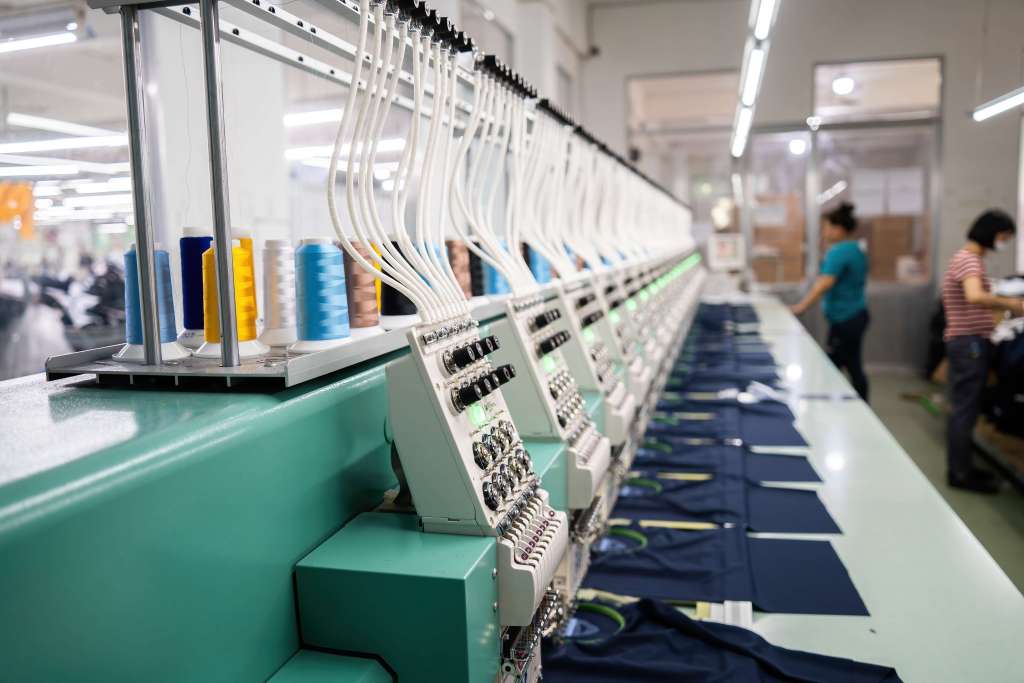Supply Chain Analytics: Making Sense of the Digital Thread for Growth



Summary: The apparel scene is ever-evolving. External factors such as supply chain turbulence, inflationary pressures, and shorter consumer buying cycles are calling the shots currently. This is propelling the industry to change for good. Data-savvy companies are a step ahead of the competition in this ever-evolving complex scenario. Their reliance on advanced analytics is coming as a boon for them.
In its annual State of Fashion Report 2023, McKinsey and Company predict a tougher year for the fashion industry based on global headwinds. The rising inflation, uncertain geopolitical scenario, sustainability pressures, and wavering consumer confidence are acting as a catalyst for apparel players to reconfigure production cycles with the help of digital technologies. By adopting analytics as the core driver of their operating model, companies can better negotiate unpredictability in their supply chain.
Making sense of the data
The apparel industry generates a humungous amount of data in its sprawling footprint across the continents. This data generation happens right from audits, raw material sourcing, and consumer search on portals to footfalls in stores. The real actionable data is often lost in the humdrum. Collecting these datasets and making sense of it through analytics shall, in fact, give meaning and coherence to the connected supply chains.
Supply chain analytics complements the pool of data with commands and solutions. It analyzes what happened in the past and what is happening today, and predicts what shall happen in the future. Predictive analytics can be used to predict consumer preferences, optimize prices, and decipher texts. In a connected system, predictive analysis is a great tool to optimize the supply chain operations that crisscross various layers, which is not possible for the human mind to keep track of.

The industry has an opportunity to use this data intelligently and drive up its growth trajectory by combining qualitative assessment with quantitative data capture and analysis.
Supplementing mood board with data
Fashion has so far relied on the cumbersome process of design selection for each season. It's time the mood board is replaced by the dashboard of insights, culled from scanning through multiple digital and physical data made possible through analytics. That is not to douse the creativity so crucial for the fashion trade, but to supplement the gut feel of designers with real data and insights.
Most apparel companies follow a rhythmic calendar. At any given point in time, an organization is selling for one season, preparing for another, and designing for the third season. Analytics can impact this cycle making it agile, data-driven, and ready for shorter lead time cycles, by simply making the insightful data available.
A lot of heartburn happens to a manufacturer, oiling his machines in some corner of the world when, despite a huge amount of capital spent on sampling, the final result is an order which is minuscule. A seamless communication driven by correct analytics to predict what the consumer would prefer can drastically reduce this wastage, besides dissuading the tendency to fudge data to get orders.
Similarly, downstream technologies can better predict demand and reduce excess stock. The stocking of goods by retailers should be based on agility-driven choices. By using analytics, a company like Zara has been able to have a shorter production cycle, thus cutting down on its unsold inventory.
Systematic changes for accurate data to flow in

For any supply chain, analytics is as good as the data it works on. It is therefore crucial that the information that is fed into the system is authentic. The fashion play so far has been about ambiguity and tricks. This cannot be allowed to go on if the connected supply chain has to make sense for the stakeholders at every layer.
Manufacturers often hide information about their capacity and take on more than they can produce. It is not enough to be connected through technology. Suppliers are likely to respond better if there is trust, ensuring continued business support. The strategic cross-tier relationship will ensure greater transparency leading to more open communication.
It calls for an intra-industry alignment for better sharing of results, efficient communication, and streamlined updates. Brands and suppliers must work to take the industry towards common standards that govern the fashion industry much in line with the pharma industry. In this regard, technology platforms are linking global partners more cooperatively and transparently.
The companies must speak data first
Thanks to social media, consumers get to know about what is happening in factories. The exchanges on social media are enough to keep brands on tenterhooks. To gain the most value from data and its insights, the actors must improve process efficiency by upgrading the legacy system.
It won’t just change one fine day. Starting with marketing, brands can invest in centralized dashboards that will monitor the impact of campaigns and help them make quick, informed decisions to continuously improve their customer experience.

For the supply chain data exchanges to function and deliver real value, all the players have to be on the same level of digital maturity. Even before expecting the suppliers to upgrade their systems, companies have to ensure that data-driven decision is deeply entrenched in all the departments of the organizations.
The supply chain leaders should be able to invest in the right talent and use the right supply chain analytics technology that is aligned with the organizational needs.
It is not only for digital companies like Amazon to keep using analytics in their value chain from merchandising to marketing to reap its true benefits. In the years to come, the order flow shall be partial to efficient supply chain exchanges. By investing in good supply chain analytics, companies can hope to deepen customer engagement, develop collaborative partnerships with suppliers, improve internal work efficiency and accelerate their businesses.
Key Takeaways
1. An agile supply chain uses data and forecasts to establish a resilient, prompt, and proficient supply chain network
2. Analytics will enable better decision-making for fashion companies.
3. It shall also equip them to weather supply chain storms better.
Fashinza is a data-driven platform that makes manufacturing a seamless experience for brands.
Partner with Fashinza for sustainable supply chain solutions.



















